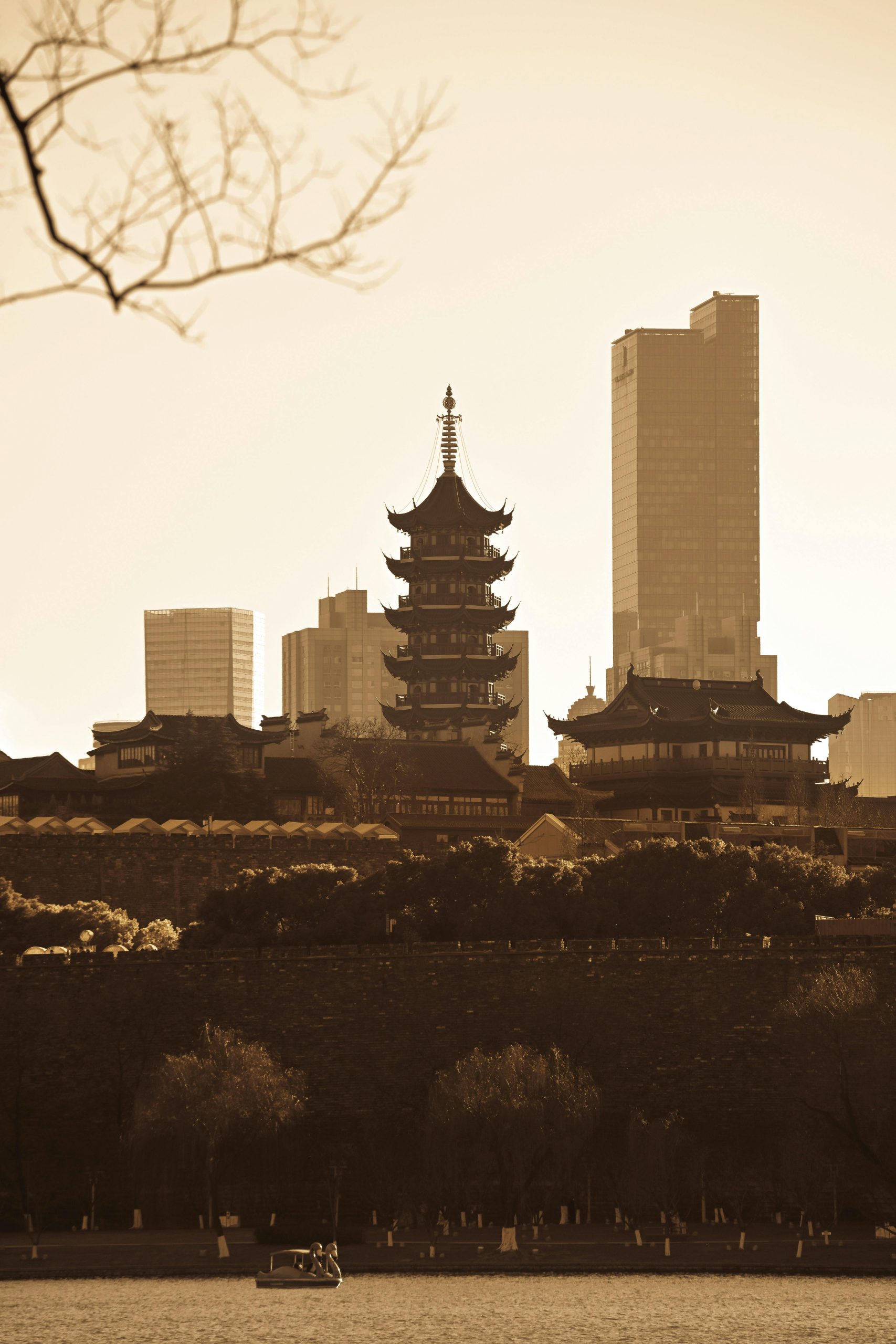In exploring how Bangladesh managed to overthrow a corrupt government, we need to look back at historical events, particularly in the late 20th and early 21st centuries. One of the pivotal moments occurred in 1990 when a mass pro-democracy movement resulted in the fall of the Hussain Muhammad Ershad regime. Ershad, who seized power in a bloodless coup in 1982, had ruled the country with a blend of authoritarianism and military influence, all while embodying rampant corruption.
The movement to oust him gained momentum due to the joint efforts of political parties, civil society organizations, students, and general citizens who were fed up with corruption and lack of democratic freedoms. A critical turning point was the unification of two major political entities, the Awami League and the Bangladesh Nationalist Party (BNP), which traditionally had differing ideological standpoints. However, they set aside their differences to achieve a common goal: the restoration of democracy.
Mass protests, strikes, and civil disobedience campaigns were organized across the nation, accompanied by widespread public rejection of Ershad’s governance. These efforts were galvanized by media support, both local and international, drawing global attention to the cause. Eventually, the rising political pressure and the continuous public demonstrations forced Hussain Muhammad Ershad to resign on December 6, 1990, paving the way for free and fair elections and the return to democratic rule.
The success of this movement was not solely due to the discontent among the populace but also because of strategic alliances, non-violent protest methods, and effective mass mobilization that rallied support from diverse corners of society. This episode in Bangladesh’s history is often cited as a potent example of citizen-led initiatives overcoming authoritarian regimes, highlighting the power of unity and determination in the face of systemic corruption.



